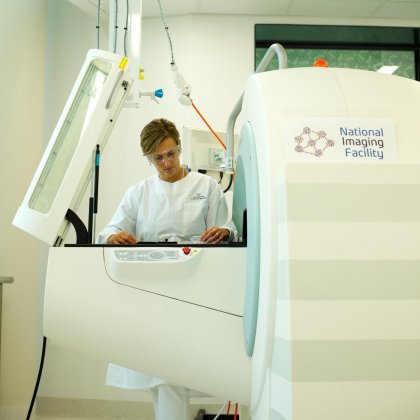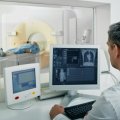
University of Queensland researchers will share in a $53 million funding windfall to support imaging infrastructure that allows experts to better understand the human body and the world around us.
The National Imaging Facility (NIF), which has its only Queensland node at UQ’s Centre for Advanced Imaging, will receive $53.5 million over five years as part of the National Collaborative Research Infrastructure Strategy.
The investment will help ensure discoveries such as the unique Fang blenny fish venom continue to be made, and better diagnostic techniques can be developed to improve human health.
CEO Professor Graham Galloway said NIF was a national network that provided open access to world-class imaging infrastructure that allowed researchers to study humans, animals, plants, and materials.
Regardless of their institutions, researchers have access to NIF’s instruments and imaging experts, enabling multi-disciplinary projects and collaborations.
“With our partners, we are building a research ecosystem that delivers not only physical infrastructure, but also expertise through facility staff who work with researchers on projects,” he said.
An example of such a project is Australia’s first multi-centre dementia study , which aims to improve diagnosis of neurodegenerative disease. The project, led by the CSIRO, involves two NIF 7T MRIs and staff at the CAI and the University of Melbourne.
Access to these instruments has enabled researchers to look at the human brain with an exceptional level of detail.
Professor Galloway said the network’s innovative research depended on top-quality infrastructure and knowledgeable staff.
“This funding helps NIF provide that expert knowledge which, combined with our exceptional imaging instruments, is essential for biomedical, environmental and materials research,” he said.
“The investment will fuel initiatives such as the Industrial Transformation Training Centres and the Medical Research Future Fund, driving innovation, prosperity and better health for Australia’s future.”
Media: NIF Chief Executive Officer Professor Graham Galloway, g.galloway@uq.edu.au, +61 7 3443 7812; NIF Engagement Manager Veah Tapat, v.tapat@uq.edu.au, +61 7 3443 7815.
.jpg)











